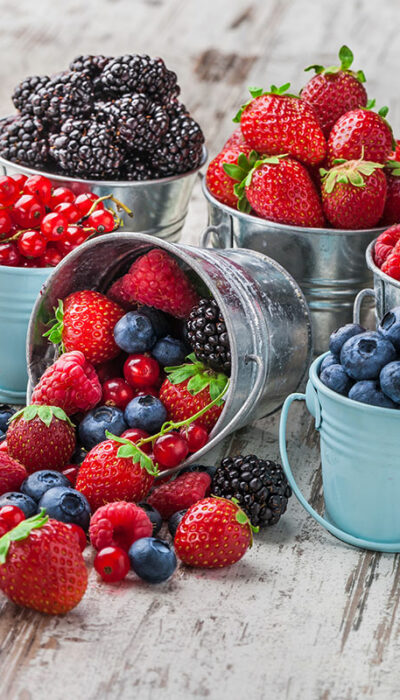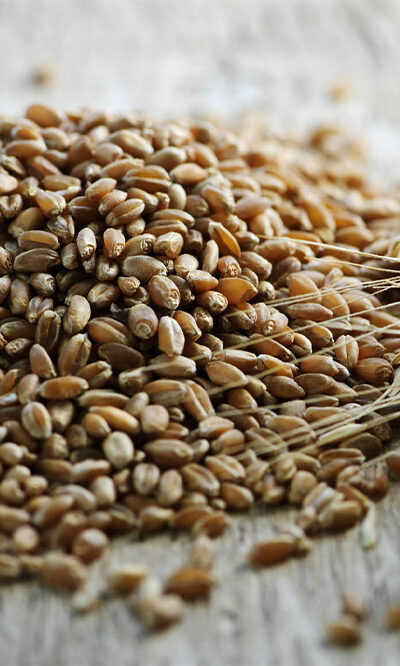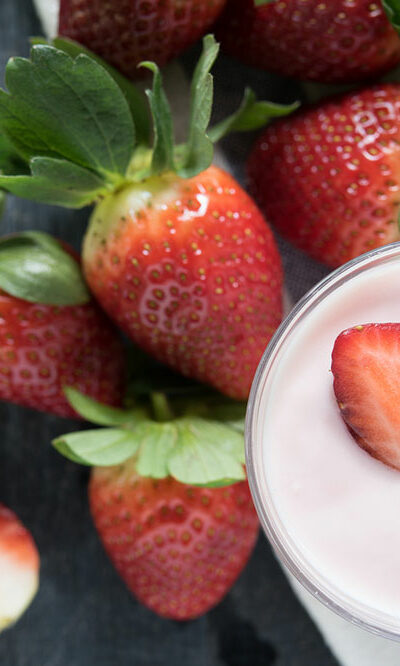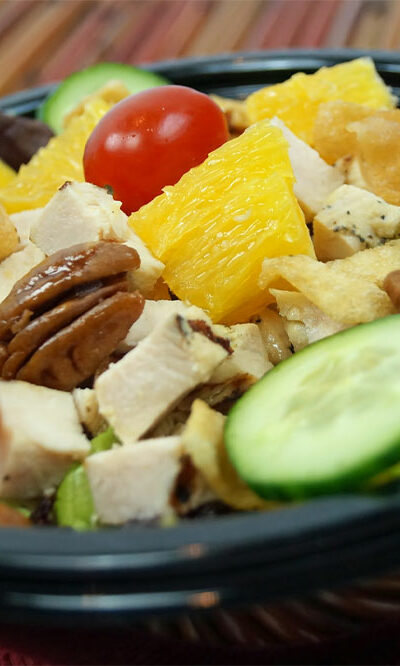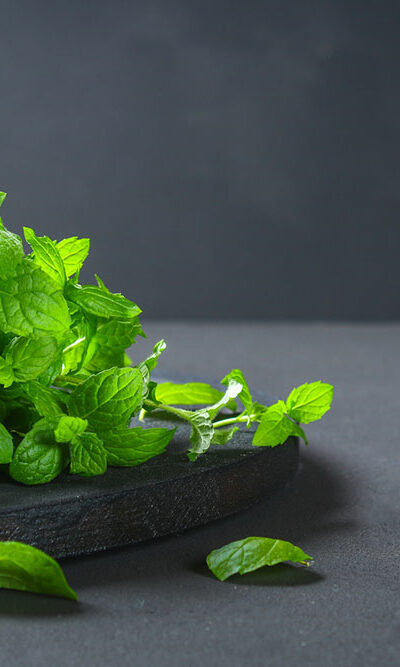
5 things to never vacuum
Most individuals rely on their vacuum cleaners to help clean floors, carpet, tiles, sofas, upholstery, and sometimes even hardwood. Though the vacuum cleaner is a versatile tool, you may be relying a little too much on it for cleaning, ending up vacuuming things you probably shouldn’t. After all, they are not indestructible and undoubtedly not always cheap. In order to keep them in good working condition, you should never vacuum the following things. Used coffee grounds Those who drink coffee are probably aware of how tough it is to clean coffee grounds from the machine. But don’t leave the cleaning duty for the vacuum. They can block the pipes, destroy the motor, and result in the growth of mildew inside the vacuum. For dry grounds, pick them with a dustpan and brush. If they are wet, clean them with a paper towel or washable microfiber cloth. You can even use coffee grounds to make compost. Wet foods Dry foods like salt or sugar spills can be cleaned with a vacuum. But fresh foods like salads or baked beans should not be vacuumed. Wet foods can clog the pipes and ruin the motor because of the moisture they contain. Sometimes, the food you vacuumed may even start to smell bad. Stay away from the mess by wiping away wet food spills with an absorbent cloth. Coins and large pieces of glass You may never vacuum a coin on purpose, but be careful to check the floors when vacuuming. Small and heavy objects like screws or large pieces of broken glass could cut the dust bag, and damage the internal parts. Use thick gloves to pick large pieces of glass, while for the smaller ones, press bread slices over the shards. Clumps of hair If you vacuum hair clumps, over time, the machine will clog, and you will need to clean it all out to get it started again.
